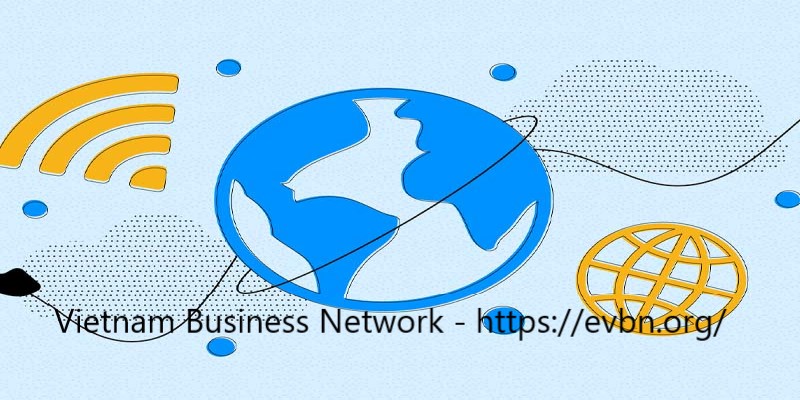Client Server Network | What is Client Server Network? – Video & Lesson Transcript | Study.com
Video Transcript
Mục Lục
What Is a Client-Server Network?
A client-server network is designed for end-users, called clients, to access resources such as files, songs, video collections, or some other service from a central computer called a server. A server’s sole purpose is to do what its name implies – serve its clients! You may have been using this configuration and not even have known it. Have you ever played Xbox Live or used the PlayStation Network? Your Xbox One is the client, and when it logs into the network, it contacts the Xbox Live servers to retrieve gaming resources like updates, video, and game demos.
How Does It Work?
Imagine a customer sitting at a restaurant. He is waiting for the server to come by and take his order. The same rules apply in a client-server network; the client, which can be a laptop, desktop, a smartphone, or pretty much any computerized device, can make a request from the server.
The client uses the network as a way to connect with and speak to the server. Just as the customer speaks to his server, the client uses the network to send and receive communications about its order, or request. The server will take the request and make sure that the request is valid. If everything checks out okay, then the server will fetch the request and serve the client.
The server can make a request from the client as well. It may want to check up on the status of the client, or ask if it has received any security patches, or if it still needs resources from the server. If not, the server will close the connection in order to free up network traffic.
Can you imagine a server standing next to a customer who just stares at the menu without ordering anything? After 15 minutes, it would be a good idea for the server to leave and check on other customers. In both cases, the server moves on to other clients as needed.
What Are the Advantages of a Client-Server Network?
The biggest advantage to using this setup is central management of the server. Only one server is used to host the resources that all the clients request and use. This is especially good for server administrators, because they only have to be in one place and can solve all the problems in one place, as well. Having to manually update several hundred servers would take much more time. One centrally managed server is the key to ease of management, and it is cost effective, too.
Another advantage of using one physical server is that the configuration is simple to set up and takes less time to troubleshoot. For instance, if there were a site with multiple servers providing redundant services, and it was having issues, it could take an extreme amount of work to effectively troubleshoot why services are being hindered. In a single server role, all troubleshooting takes place at one physical server, so it takes much less time.
What are the Disadvantages of a Client-Server Network?
One drawback to the client-server model is the possibility of a single point of failure (SPF). This is a single link in a given network or system that could take down the entire system if it fails. Imagine a situation where only one server was responsible for multiple clients. If that single server went down, the whole network would go down!
Thankfully, robust client-server setups involve a network of servers (or some other configuration in which no single server is responsible for everything). But this comes at a cost, since servers aren’t cheap to begin with.
However, given that there is a centralized server structure, key components can still go down, causing unwanted disruption across the whole network.
In the client-server network, you also need specialized staff to support the servers and the network. When you are shopping on Amazon, and receive an error message, you can be assured that someone behind the scenes has been notified and is working on fixing the issue. Given the size of the network (e.g., Amazon), a larger support staff is needed.
Lesson Summary
In this lesson, we learned that the client-server model is very efficient for ease of management. In this setup, a client such as a laptop, desktop, or smartphone connects to the network and contacts the server for resources. It makes a request from the server and uses the network as a means of communication. In return, the server completes the client’s request with the resources that it fetched.
The advantages to this model are that all the resources are stored on that one physical server, reducing the tasks required to keep it running, and it makes troubleshooting easier when there’s a problem. The main disadvantage is if the server is knocked offline for whatever reason, then no one will be able to use its resources, causing a single point of failure. Furthermore, if a hacker gains access to the server, it can be easier to steal information and disrupt services.
Overview of Client-Server Networks
Definition
Advantages
Disadvantages
A server designed to allow users access to certain resources
Central management and simple configuration
Single point failure and hacker prone

Learning Outcomes
After viewing this lesson, you should be able to:
- Define client-server networks
- Explain how they work
- Describe the advantages and disadvantages of employing them in the real world















![Toni Kroos là ai? [ sự thật về tiểu sử đầy đủ Toni Kroos ]](https://evbn.org/wp-content/uploads/New-Project-6635-1671934592.jpg)


